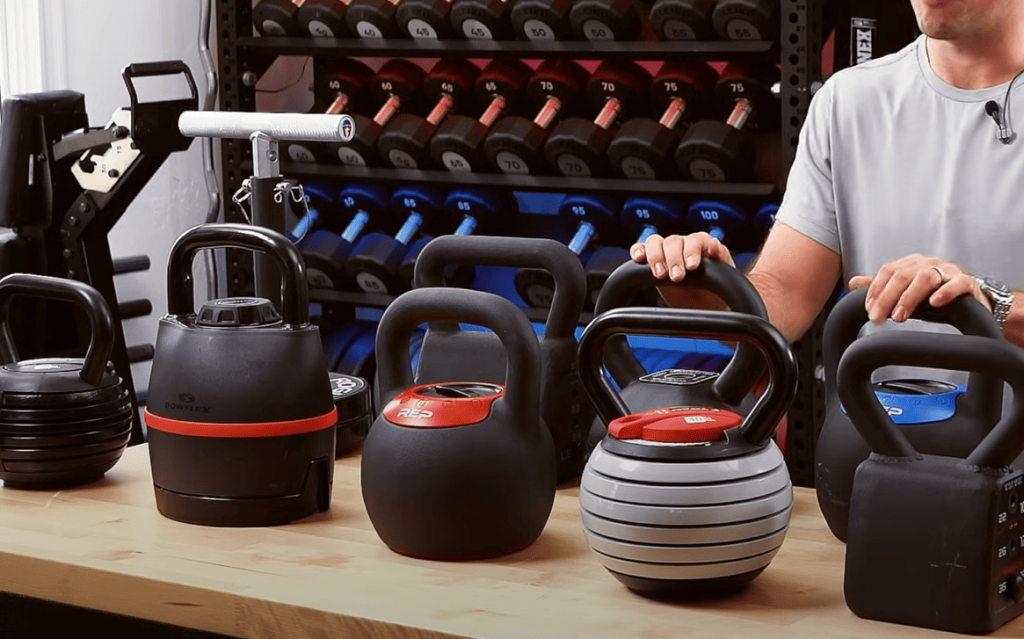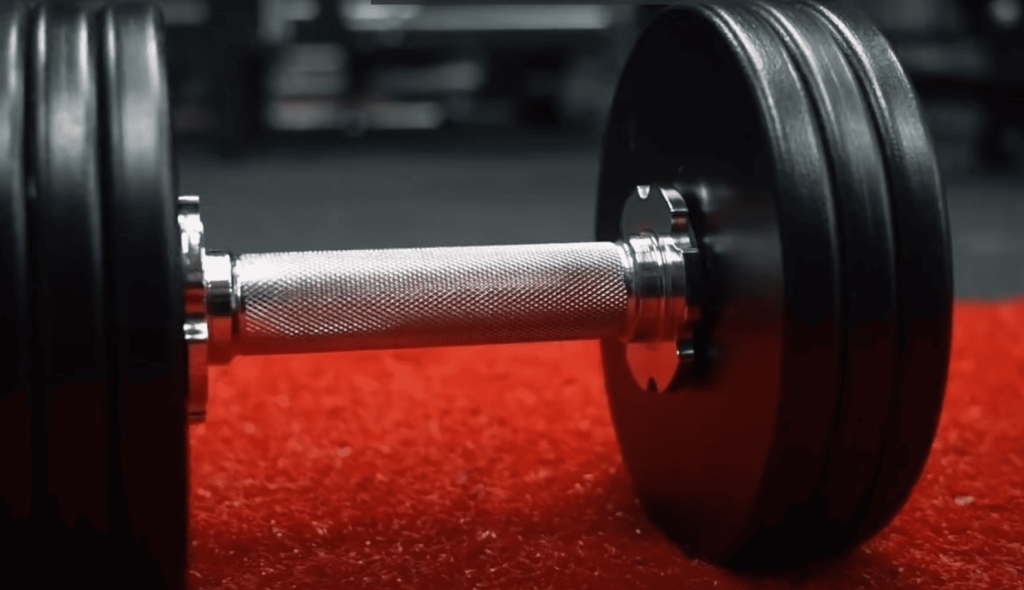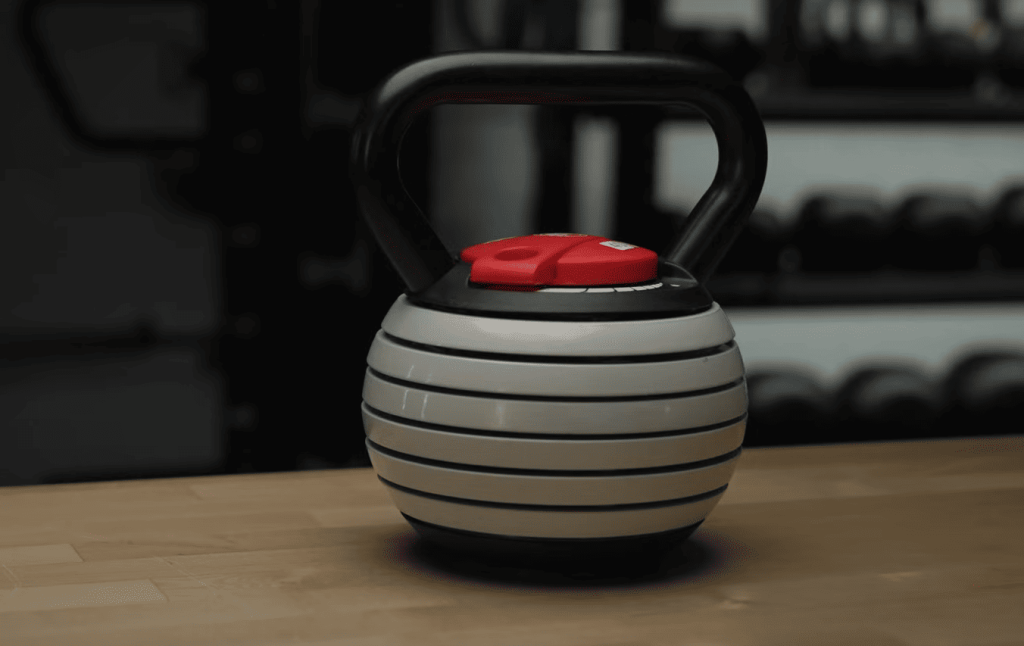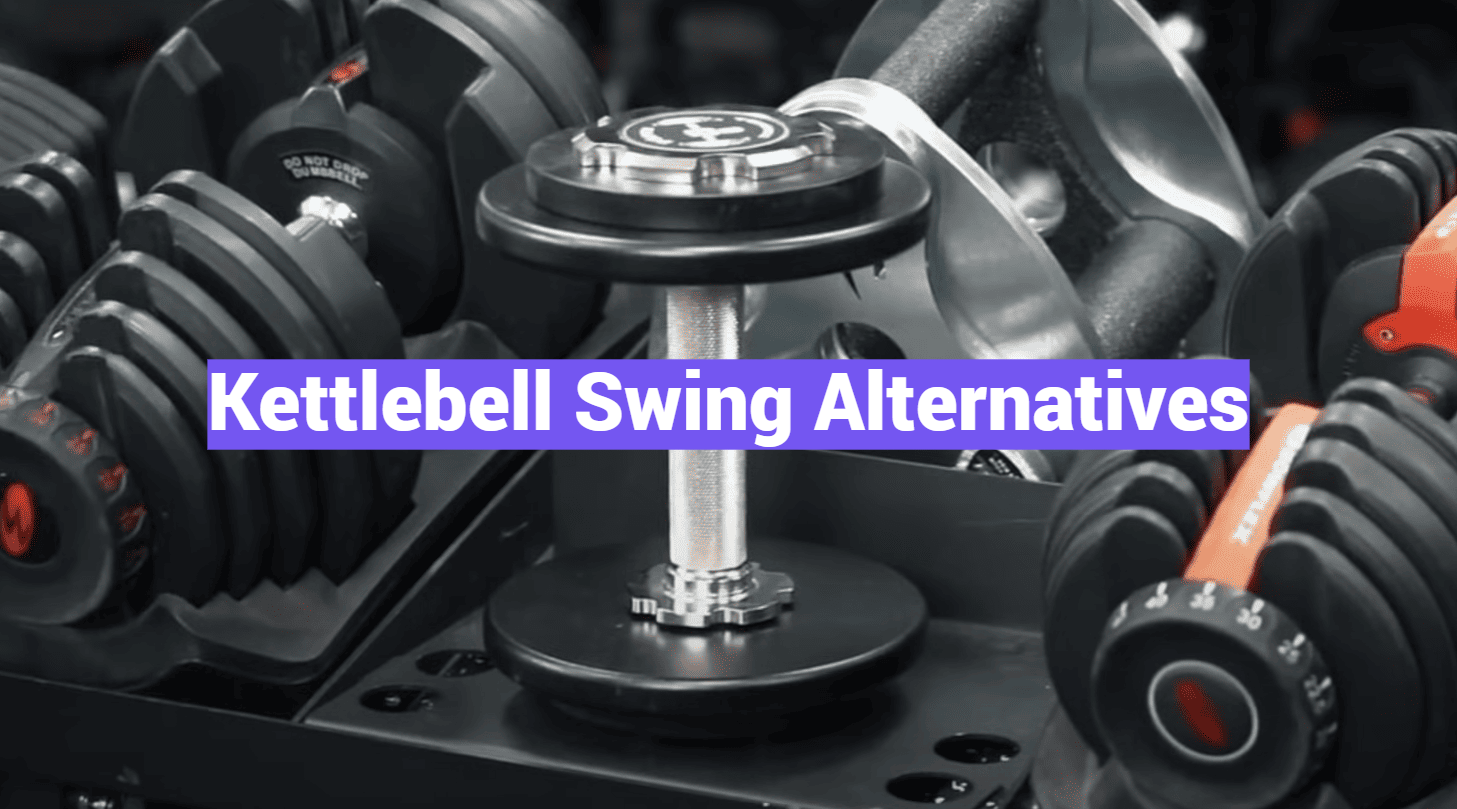Did you know 75% of athletes experience plateaus when relying solely on conventional strength exercises? While dynamic hip-hinging movements remain foundational for building explosive power, creative solutions often deliver better results. This guide reveals how to revitalize your routine when standard equipment or repetitive motions no longer spark progress.
Posterior chain development doesn’t require specialized gear. Bodyweight exercises and household items can activate glutes, hamstrings, and core muscles just as effectively. We’ll explore movements that mimic the benefits of popular weighted drills while adding fresh challenges.
Variety prevents boredom and accelerates gains. Whether you’re traveling, sharing gym space, or seeking functional strength adaptations, these options adapt to your needs. Science-backed techniques ensure you maintain intensity while reducing injury risks from overused patterns.
Key Takeaways
- Posterior chain exercises boost athletic performance and daily movement efficiency
- Equipment-free options match weighted drills for muscle activation
- Movement variations prevent adaptation plateaus
- Household items can substitute traditional fitness tools
- Proper form ensures safety across all exercise modifications
Introduction: Why Consider a Kettlebell Swing Alternative?
Variety isn’t just the spice of life—it’s the key to progress. Whether your gym lacks equipment or your body craves fresh challenges, exploring new movements can reignite stalled gains. Effective substitutions maintain the core benefits of traditional drills while introducing novel stimuli for sustained growth.

What Makes a Great Substitute?
An ideal replacement mirrors three elements:
- Posterior chain activation (glutes, hamstrings, lower back)
- Explosive hip extension for power development
- Controlled resistance through full movement patterns
Think of it as muscle confusion with purpose. Exercises meeting these criteria stimulate growth while reducing repetitive stress on joints.
Why Rotate Your Exercises?
Changing your routine every 4-6 weeks prevents adaptation plateaus. Research shows varied training:
- Boosts motivation by 62%
- Reduces overuse injuries by 41%
- Improves overall athletic performance
One study found athletes who diversified their workouts gained 19% more strength than those repeating the same exercises. Rotation keeps your body responsive and workouts engaging.
Understanding the Benefits of Kettlebell Swings and Their Alternatives
Building a stronger, more resilient body starts with smart movement choices. Exercises that challenge multiple muscle groups while mimicking real-world motions deliver lasting functional benefits. Let’s unpack why certain drills become fitness staples and how their substitutes can match—or even enhance—their value.
Targeted Muscle Groups and Movement Patterns
Your body’s powerhouse lies along its backside. The glutes, hamstrings, and lower back form a kinetic chain responsible for lifting, jumping, and stabilizing. Proper hip-hinge mechanics—like those used in weighted drills—teach your body to generate force safely. “Movement quality determines results more than equipment choices,” notes physical therapist Dr. Elena Martinez.
Core engagement acts as the secret sauce. When these muscles fire correctly, they protect your spine and transfer energy efficiently. This coordination turns simple motions into full-body workouts, blending strength development with posture refinement.
The Role of Explosive Movements in Strength Training
Quick, powerful actions train your nervous system to recruit muscle fibers faster. Studies show this boosts athletic performance by 23% compared to slow-paced exercises. The key? Maintaining control during acceleration phases to avoid joint strain.
Explosive training also cranks up calorie burn. Your heart works harder to fuel rapid contractions, creating cardio benefits without treadmill monotony. Pair this intensity with proper rest periods, and you’ve got a recipe for lean muscle growth and endurance gains.
Exploring a Top Kettlebell Swing Alternative for Posterior Chain Strength
What if you could supercharge your workout without specialized gear? The conventional deadlift delivers precisely that opportunity. This foundational lift builds raw power through its controlled hip-hinge motion while letting you push heavier weights than dynamic movements allow.
Why Use This Powerful Movement?
Deadlifts strengthen the same muscle groups as popular weighted drills but with greater load potential. “Heavier resistance triggers new growth pathways,” explains strength coach Mark Rippetoe. Unlike explosive exercises, the slower tempo lets you perfect form while challenging your limits.
Key Muscle Engagement: Glutes, Hamstrings, and Lower Back
Your posterior chain lights up during every rep. The glutes drive upward force, hamstrings stabilize knee joints, and spinal erectors protect your backbone. This trio works synergistically to:
- Improve posture during daily activities
- Boost jumping and sprinting performance
- Reduce injury risks from weak stabilizers
Barbell variations let you adjust grip width and stance to target specific areas. Sumo deadlifts emphasize inner thighs, while traditional styles hammer the entire backside. Both versions reinforce proper hip mechanics crucial for athletic movements.
Dynamic Alternatives for Explosive Power
Unleash your athletic potential with movements that convert raw strength into lightning-fast action. These high-energy drills train your body to generate force rapidly while maintaining precise control – the ultimate combination for sports performance and functional fitness.

Jump Variations That Ignite Your Lower Body
Box jumps teach your hips and knees to explode upward like coiled springs. Start with a 12-18″ platform, focusing on soft landings to protect joints. Trap bar jumps add resistance, forcing your glutes to work harder during takeoff. For maximal vertical height, counter movement jumps use your arms’ momentum to amplify power output.
| Exercise | Primary Focus | Equipment Needed |
|---|---|---|
| Box Jumps | Hip & knee extension | Plyo box |
| Trap Bar Jumps | Loaded power development | Trap bar/weights |
| Medicine Ball Slams | Full-body coordination | 6-15 lb ball |
Full-Body Power Builders
Medicine ball slams turn frustration into fuel – drive the ball downward using your core and shoulders. Kettlebell snatch variations demand precise timing, pulling the weight overhead in one fluid motion. Both exercises develop kinetic chain synchronization, teaching muscles to fire in perfect sequence.
Rotate these drills 2-3 times weekly for best results. Pair them with strength exercises to create balanced programs that build both muscle and mobility. Remember: quality reps always beat quantity when training for power.
Equipment-Free and Minimal Equipment Exercise Options
Transform your living room into a powerhouse with moves requiring just one versatile tool. Dumbbells become your secret weapon for posterior chain development when space or gear is limited.
Dumbbell Swings: Portable Power
Grip a dumbbell with both hands, hinge at the hips, and drive upward using explosive glute contraction. This drill mirrors traditional weighted movements while improving grip strength. Benefits include:
- Cardio boost from rhythmic repetitions
- Core stabilization during momentum shifts
- Adjustable resistance for all fitness levels
Physical therapist Dr. Sarah Jennings notes: “The horizontal path of the weight challenges shoulder stability differently than vertical-loaded exercises.”
Single-Leg Romanian Deadlifts: Balance Meets Strength
Hold a dumbbell in one hand while balancing on the opposite leg. Hinge forward, extending your free leg backward like a seesaw. This unilateral exercise:
- Exposes muscle imbalances between sides
- Enhances proprioception through instability
- Targets hamstrings with laser precision
Rotate these moves 2-3 times weekly using this progression plan:
| Exercise | Beginner | Advanced |
|---|---|---|
| Dumbbell Swings | 3×12 (light) | 4×20 (moderate) |
| Single-Leg Deadlifts | 3×8 per side | 4×12 + 5s hold |
Pair them for balanced development – swings build explosive power while deadlifts sharpen control. Your backside will thank you.
Tips for Maximizing Your Workout with These Alternatives
Want to make every rep count? Perfecting your technique and progression strategy turns good exercises into game-changers. Let’s break down how to optimize results while keeping joints happy.
Proper Form and Safety Considerations
Always begin in a stable starting position with feet shoulder-width apart. Engage your core like you’re bracing for a sneeze – this protects your spine during hip-hinge movements. For jumps or throws, land softly with knees tracking over toes to absorb impact safely.
Progression, Resistance, and Training Variations
Start light. Master bodyweight movements before adding resistance. Try these upgrades:
- Swap standard deadlifts for single-leg versions
- Add pauses at the bottom of hip thrusts
- Increase medicine ball weight by 2-4 lbs monthly
“Progressive overload shouldn’t mean sacrificing form,” reminds trainer Alicia Carter.
Integrating These Moves Into Your Routine
Pair strength builders like barbell deadlifts with explosive drills for balanced development. Schedule power exercises early in workouts when energy levels peak. Use equipment-free options on busy days to maintain consistency without gym access.
Remember: Quality beats quantity every time. Track your progress through cleaner movement patterns – not just heavier weights – and watch your performance soar.

Conclusion
Revitalizing your workout routine requires fresh approaches to building explosive power. The 11 exercises we’ve explored prove you don’t need specialized gear to develop a rock-solid posterior chain. From dumbbell drills to bodyweight movements, each option activates your glutes, hamstrings, and core with precision.
Consistent rotation prevents plateaus while maintaining joint health. Focus on mastering hip-hinge patterns – whether using household items or gym equipment. Proper form turns simple motions into full-body power generators that enhance sports performance and daily mobility.
Remember: Progress comes from challenging your muscles in new ways. Pair strength-building lifts with dynamic jumps or slams for balanced development. Track improvements in movement quality rather than just weight lifted – that’s where real transformation happens.
Ready to level up? Choose three options from this guide and weave them into your next session. Your backside will thank you.

